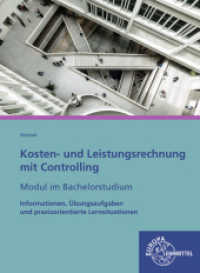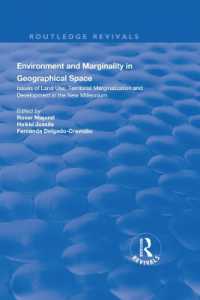Description
(Text)
Duchamp erfindet den Kurator
Marcel Duchamp hat die Ausstellungspraxis zu einem wichtigen Bestandteil seines Werkes gemacht. Kuratorische Gesten und Konzepte, welche die Inszenierung seiner Arbeiten bestimmten und es ihm erlaubten, sich von kanonischen Festlegungen des Künstlertypus zu entfernen; fotografische Dokumentationen und Veröffentlichungen seiner New Yorker Ateliers; Themen, Beiträge und Layoutentwürfe für Kunstmagazine; seine Tätigkeit als Berater, Juror und inszenierender Kurator für Ausstellungen im Kontext des amerikanischen Modernismus, Dada und des Surrealismus; der eminente Einfluss auf wichtige Privatsammlungen seiner Zeit – alle denkbaren Aspekte des Kuratierens, Ausstellens und Sammelns haben im Werk von Duchamp eine qualitativ neue künstlerische Dimension gewonnen. Parallel zu Duchamps dezidierter Distanzierung von gegebenen Strukturen künstlerischen Arbeitens näherte er sich so einer heute durchaus gängigen Vorstellung der kuratorischen Praxis als ästhetisches Medium. Er war, so die zugespitzte These des Symposiums und der hier vorliegenden Publikation, einer der ersten "Künstler-Kuratoren" und hat damit die Rezeption seines eigenen Werkes und die kunsthistorischen Entwicklungen der Ausstellungspraxis entscheidend beeinflusst. Den mehrdeutigen Wahrnehmungsweisen und offenen Deutungsperspektiven seines eigenen Werkes hat Duchamp durch Inszenierung, Reproduktion und Multiplikation seiner und der Arbeit anderer eine neue konzeptuelle Richtung gegeben, mit der sich eine Wende für die zeitgenössische Kunst bestimmen lässt. Prinzipien der Ausstellungspraxis wurden nun zu entscheidenden Faktoren der Werkkonstitution. Der Band versammelt die Beiträge eines Symposiums der Daimler Art Collection (25./26.4.2017) und dürfte die erste substanzielle Publikation zu diesem Thema sein, er versammelt acht Essays ausgewiesener Autorinnen und Autoren, die den Werkstatus der vielfältigen kuratorischen Gesten Duchamps analysieren.
(Text)
Duchamp invented the Curator
Marcel Duchamp made exhibition practice an important part of his work. Curatorial gestures and concepts that determined the staging of his works and allowed him to move away from canonical definitions of the artist; publications and photographic documentations and of his New York studios; themes, contributions and layout drafts for art magazines; his activity as a consultant, juror and staging curator for exhibitions in the contexts of American Modernism, Dada and Surrealism; the notable influence on important private collections of his time – every conceivable aspect of curating, exhibiting and collecting have gained a qualitatively new artistic dimension in Duchamp's work. While deliberately distancing himself from given structures of artistic work, he approached a concept of curatorial practice as an aesthetic medium that is today well established. According to the pointed thesis of the symposium and the publication here, he was one of the first "artist curators'" and, thus, decisively influenced the reception of his own work as well as the art historical development of exhibition practice. Duchamp gave a new conceptual direction to the multiple possibilities for perception and open perspectives of interpretation of his oeuvre, via the staging, reproduction and multiplication of his own and others' works, which subsequently defined a turn in contemporary art. Principles of exhibition practice became decisive factors in the constitution of a work. This volume compiles the contributions of a symposium at Daimler Art Collection (25./26. April 2017), and is probably the first substantial publication on this subject. It brings together eight essays by renowned authors analyzing the status of Duchamp's varied curatorial gestures.







